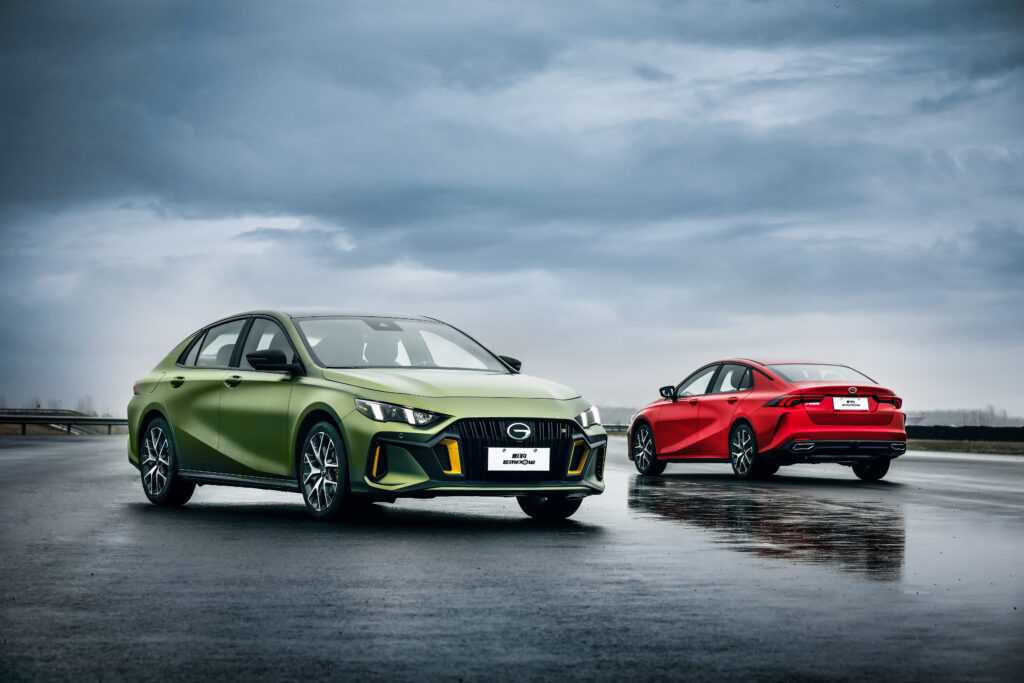In 2024, China's automotive industry shone brightly on the international stage, with the rise of domestic brands becoming a major highlight in the global automotive industry. That year, the export volume of Chinese-branded vehicles achieved a historic leap, setting new records. According to the latest data from China Customs, exports increased by an astonishing 30% year-on-year, with SUVs and new energy vehicles leading the export wave as pioneers.
The reason why Chinese-branded cars have won favor in international markets is due to their overall improvement in design, performance, and cost-effectiveness. Many brands have deepened their cooperation with international design giants, cleverly blending a global perspective with local culture to create models that are both international in style and distinctly Chinese. In addition, the leading exploration of Chinese brands in intelligent connectivity technologies, such as intelligent driving assistance and remote vehicle control, has brought an unprecedented driving experience to overseas markets, further enhancing brand appeal.
The strong support from the Chinese government for automotive exports is also a key factor in driving this achievement. By optimizing export policies, providing financial support, and strengthening international economic and trade cooperation, the government has built a broader platform for overseas development for automotive companies. These measures have not only lowered the export barriers and costs for enterprises but also enhanced their international competitiveness, providing a strong guarantee for the globalization strategy of Chinese-branded vehicles.
The rise of Chinese brands is not only the inevitable result of the development of China's automotive industry but also an important reflection of changes in the global automotive industry landscape. It demonstrates the strong manufacturing capabilities and innovative power of China and brings more diverse and higher-quality automotive options to global consumers. As the influence of Chinese brands in international markets continues to grow, there is good reason to believe that the future of China's automotive industry will maintain a strong momentum of development and make an even greater contribution to the prosperity of the global automotive industry. Of course, as Chinese automotive brands deepen their layout and continuous innovation in international markets, they will also face challenges alongside opportunities.
Firstly, in the face of increasingly fierce competition worldwide, Chinese automotive brands need to pay more attention to product differentiation and brand building. This includes continuous breakthroughs in areas such as technology research and development, product design, and user experience to meet the diverse needs of consumers in different countries and regions. At the same time, strengthening the dissemination of brand stories and enhancing brand image is also key to increasing brand international influence and recognition.
Secondly, environmental protection and sustainable development have become a global consensus, posing higher demands on Chinese automotive brands. The rapid development of new energy vehicles provides Chinese brands with an opportunity to overtake, but it also requires companies to continuously explore and innovate in battery technology, charging infrastructure, and recycling to achieve green, low-carbon, and circular development goals.
Furthermore, with the in-depth development of digitalization, networking, and intelligence, connected cars will become the future direction of the automotive industry. Chinese automotive brands should seize this opportunity to strengthen the research and development and application of cutting-edge technologies such as autonomous driving, vehicle networking, and big data, promoting the deep integration of the automotive industry with information technology to provide users with a more intelligent, convenient, and safe travel experience.
Lastly, in the process of expanding into international markets, Chinese automotive brands also need to pay attention to the implementation of localization strategies. This includes a deep understanding of local market demands, cultural customs, and laws and regulations, strengthening communication and collaboration with local partners to jointly promote the landing and development of the brand in the local market. Through the implementation of localization strategies, Chinese brands can better integrate into local markets, enhancing brand influence and market share.
In summary, the rise of Chinese automotive brands in international markets is a long-term and arduous process. Only by continuously innovating, focusing on brand building, adhering to sustainable development, and implementing localization strategies can Chinese brands stand firm in fierce international competition and make a greater contribution to the prosperity of the global automotive industry.






